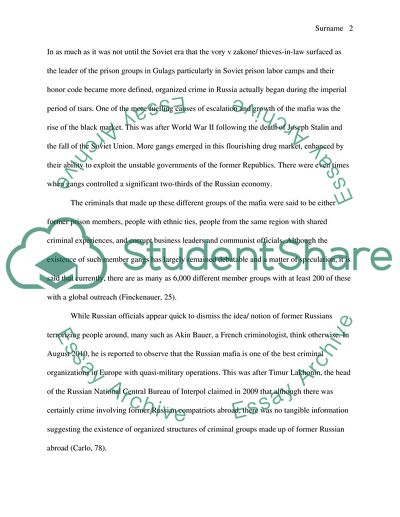Cite this document
(Russian Mafia Essay Example | Topics and Well Written Essays - 4000 words, n.d.)
Russian Mafia Essay Example | Topics and Well Written Essays - 4000 words. Retrieved from https://studentshare.org/social-science/1818996-russian-mafia
Russian Mafia Essay Example | Topics and Well Written Essays - 4000 words. Retrieved from https://studentshare.org/social-science/1818996-russian-mafia
(Russian Mafia Essay Example | Topics and Well Written Essays - 4000 Words)
Russian Mafia Essay Example | Topics and Well Written Essays - 4000 Words. https://studentshare.org/social-science/1818996-russian-mafia.
Russian Mafia Essay Example | Topics and Well Written Essays - 4000 Words. https://studentshare.org/social-science/1818996-russian-mafia.
“Russian Mafia Essay Example | Topics and Well Written Essays - 4000 Words”, n.d. https://studentshare.org/social-science/1818996-russian-mafia.


